“It is unequivocal that human influence has impacted the atmosphere, ocean, and land.”
Little habits that we do impact the environment and run the rate of deterioration of the land and sea every day.
For starters, habits like washing your face, grocery shopping, and even charging your phone overnight can contribute significantly to this global crisis.
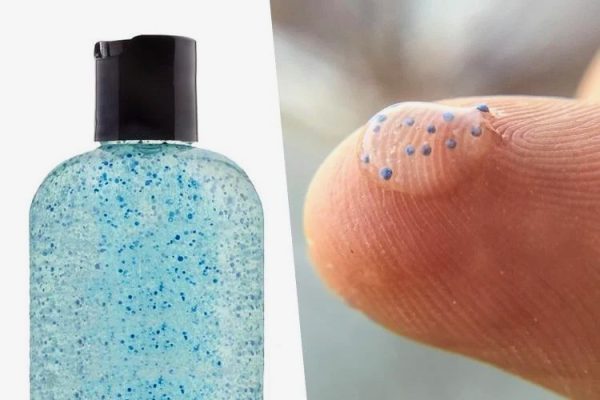
Microplastics lie within face cleansers, and exfoliators, creams, and detergents you might not notice are there. After washing off the product, the microplastics wash away into the drain and enter the sewage.
Sadly enough, “sewage filtration systems do not capture these plastics, and these microplastics end up polluting marine habitats and their food chains at a rate of 1.3 million tonnes per year.” according to bbvaopenmind.com
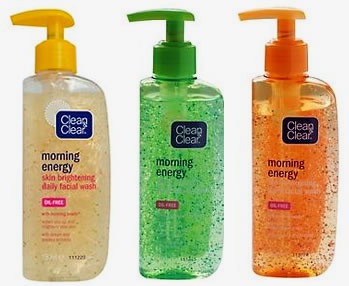 “Plastic pollution threatens food safety and quality, human health, coastal tourism, and contributes to climate change.” quote from iucn.org
“Plastic pollution threatens food safety and quality, human health, coastal tourism, and contributes to climate change.” quote from iucn.org
The United States has banned all manufacturing of microplastic, but The European Union has the ban pending. Other countries have taken the same path as America, and we have yet to start a global phase-out of these microplastics.
More examples of this epidemic include:
Wet wipes are manufactured to create a soft yet durable texture, using polyethylene terephthalate (PET) or polypropylene (PP) and cotton woven together with plastic resins but yet cause a massive amount of harm to the environment
Frequently used products:
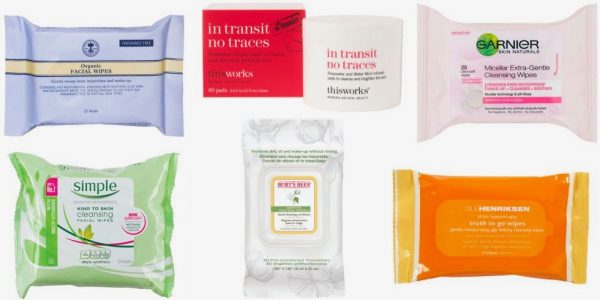
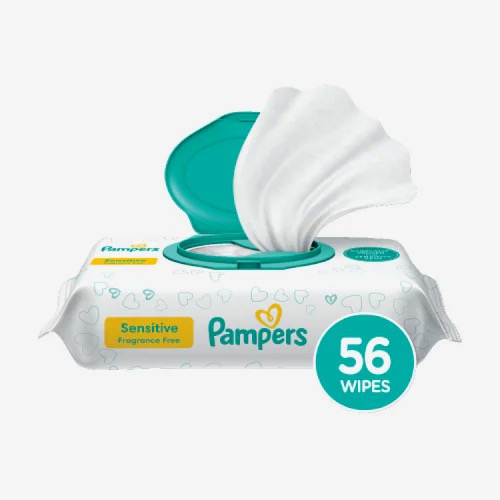
Wet wipes are 93% made up of non-degradable materials, contribute to ocean pollution, and cause enormous blobs that block sewage networks.
“Since plastic can never fully biodegrade, it only breaks into smaller and smaller pieces – releasing hundreds of thousands of microplastics into the environment.” Says natracare.com
Other types of wet wipes include:
Deodorants, make-up removers, disinfectants, hand soap substitutes, and even toilet paper for adults.
Toxic Chemicals In Wet Wipes:
“Wet wipes can also sometimes contain fragrance and leach chemicals, ingredients that can link to cancer, endocrine disruption, developmental toxicity, neurotoxicity, and more.
Possible exposure to pesticides and linked to harm to the environment,” According to madesafe.org
Sunscreen is a beach vacation and skincare essential for many families and individuals. However, some products contain toxic chemicals that harm the marine environment and your skin.
Oxybenzone is an organic compound belonging to the class of aromatic ketones known as benzophenones. It is a pale yellow solid readily soluble in most organic solvents.
This chemical is commonly found in sunscreens, plastics, and toys
Octinoxate is an organic compound. It is an ester formed from methoxycinnamic acid and 2-ethylhexanol. It is a liquid that is insoluble in water and absorbs into the skin rapidly.
This chemical is commonly found in sunscreens, hair color products, and nail polish.
The Toxicity of oxybenzone and octinoxate and major health effects:
“The most worrisome sunscreen active ingredient is oxybenzone, according to publicly available scientific research. It is readily absorbed through the skin, and the Centers for Disease Control and Prevention found it in nearly all Americans, with higher levels in those who report applying sunscreen. It causes allergic skin reactions, behaves like a hormone disruptor in many studies, and may cause more harm to children.”
“Animal studies have shown the chemical has hormone effects on the metabolic system and effects thyroid hormone production, with some evidence for other endocrine targets, including androgen(male sex hormone; testosterone.) and progesterone(a hormone released by the corpus luteum in the ovary. It plays important roles in the menstrual cycle and in maintaining the early stages of pregnancy) signaling. Octinoxate can also cause allergic reactions after the person who has applied it is exposed to ultraviolet light.
Several countries ban the sale of sunscreens containing octinoxate because they may harm aquatic life,” according to ewg.org
Aquatic Life
Multiple studies have shown that many of our skincare products and sunscreens contain toxic chemicals such as the ones discussed before that affect marine life excessively.
Before and after the effects of coral bleaching
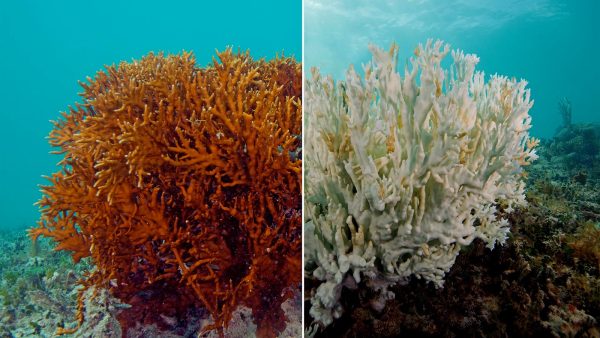
An article from National Ocean Service Skincare Chemicals and Coral Reefs
explains how, why, and what is the direct reasoning behind the harm to aquatic life worldwide.
- How sunscreen chemicals enter our environment: The sunscreen you apply may not stay on your skin. When we swim or shower, sunscreen may wash off and enter our waterways.
- How sunscreen chemicals can affect marine life:
- Green Algae: Can impair growth and photosynthesis.
- Coral: Accumulates in tissues. It can induce bleaching, damage DNA, deform young, and even kill.
- Mussels: Can induce defects in young.
- Sea Urchins: Can damage immune and reproductive systems and deform young.
- Fish: Can decrease fertility and reproduction and cause female characteristics in male fish.
- Dolphins: Can accumulate in tissue and be transferred to young.
- Chemicals in some sunscreens that can harm marine life include: Oxybenzone, Benzophenone-1, Benzophenone-8, OD-PABA, 4-methyl benzylidene camphor, 3-benzylidene camphor, nano-titanium dioxide, nano-Zinc oxide, Octinoxate, Octocrylene
- Here are a few ways to protect ourselves and marine life: Consider sunscreen without chemicals that can harm marine life, seek shade between 10 am & 2 pm, and use Ultraviolet Protection Factor (UPF) sun-wear.
Little habits that we do impact the environment and run the rate of deterioration of the land and sea every day.



